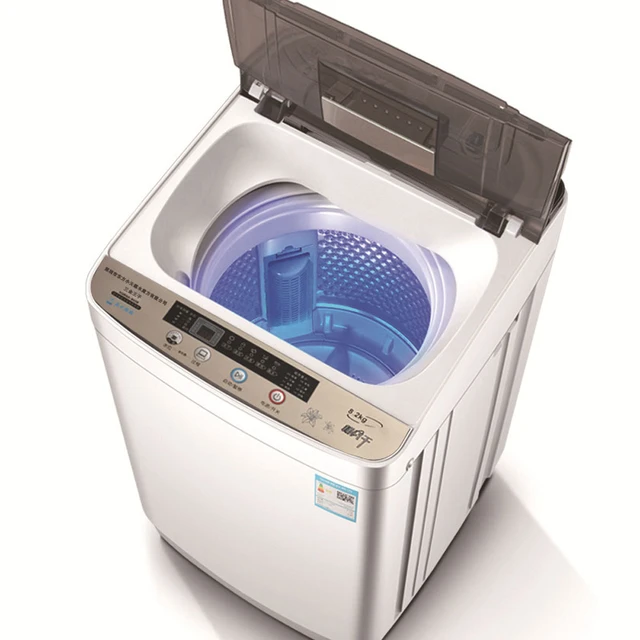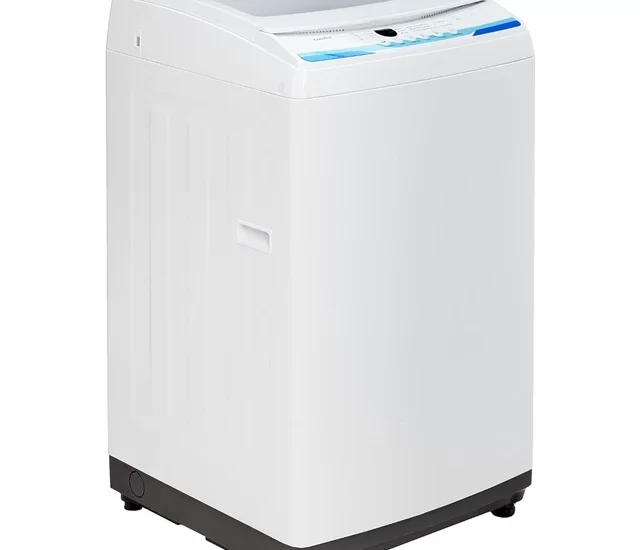 Introduction:
Introduction:
Experiencing excessive shaking or vibrating from your washing machine can be frustrating and concerning. Not only can it disrupt the washing process, but it can also indicate potential issues that need to be addressed. Understanding the reasons behind the shaking of a washing machine is crucial for identifying and resolving the problem effectively. In this comprehensive guide, we will explore the common causes of washing machine shaking, methods for troubleshooting, and tips for preventing future shaking. By understanding these aspects, you can confidently address the issue and ensure smooth and efficient operation of your washing machine.
 Several types of washing machines:
Several types of washing machines:
There are several types of washing machines available on the market. Here are some common types:
Top-Load Washer:
Top-load washers have a vertical drum orientation, and clothes are loaded from the top. They typically have an agitator or impeller that agitates the water and clothes to clean them. Top-load washers often have a larger capacity and are generally more affordable.
Front-Load Washer:
Front-load washers have a horizontal drum orientation, and clothes are loaded from the front. They use a tumbling action to wash clothes and are known for their energy efficiency and water-saving capabilities. Front-load washers are favored for their gentle yet effective cleaning performance.
High-Efficiency (HE) Washer:
High-efficiency washers include both top-load and front-load models. They are designed to use less water and energy compared to traditional washers. HE washers typically have a larger capacity and provide better water extraction, resulting in shorter drying times.
Compact Washer:
Compact washers are smaller in size and are designed for use in tight spaces, such as apartments or small laundry areas. They often come in the front-load configuration and offer features similar to full-sized washers, though with a smaller capacity.
Combination Washer-Dryer:
Combination washer-dryers are a convenient all-in-one solution for those with limited space or who prefer a single machine for both washing and drying. These machines typically have a smaller capacity and use condensation or venting methods to dry clothes.
Portable and Mini Washing Machines:
Portable and mini washing machines are designed for individuals or small households with limited space or the need for a portable washing option. They are compact and lightweight, suitable for travel or small living spaces.
Smart Washing Machines:
Smart washing machines offer advanced features and connectivity to smart home systems. They can be controlled remotely via smartphones or voice-assistant integration and often provide customizable wash cycles and energy-saving options.
The choice of washing machine type depends on factors such as available space, desired capacity, energy efficiency, and specific needs or preferences. It’s important to consider these factors to select the most suitable washing machine for one’s laundry requirements.
 Several potential hazards and risks:
Several potential hazards and risks:
When a washing machine shakes excessively, it can pose several potential hazards and risks:
Damage to the Machine:
Excessive shaking can cause damage to the washing machine itself. The movement and vibrations can loosen or dislodge internal components, belts, hoses, or electrical connections, potentially leading to malfunctions or even complete breakdown of the machine.
Damage to Surrounding Structures:
If the washing machine is not properly stabilized, the shaking can also cause damage to the surrounding structures, such as walls, floors, or nearby furniture. It can lead to cracks, shifting, or other structural issues in the room.
Noise and Disruption:
A shaking washing machine can create excessive noise and vibrations, causing disruption and annoyance in the household. This can be particularly problematic if the machine is located near living areas or bedrooms.
Safety Hazards:
Shaking washing machines can create safety hazards. For example, if the machine becomes unbalanced and moves excessively, it can pose a tripping or slipping hazard, putting individuals at risk of falls. In extreme cases, the machine may even tip over, potentially causing injuries or damage.
Decreased Cleaning Efficiency:
When a washing machine shakes excessively, it can affect its ability to clean clothes effectively. The movement may prevent proper agitation and distribution of water, detergent, and clothes, resulting in suboptimal cleaning performance.
 Common Causes of Washing Machine Shaking
Common Causes of Washing Machine Shaking
Imbalanced Load:
Uneven or improperly distributed laundry within the washing machine drum can cause it to become unbalanced during the spin cycle, resulting in shaking.
Leveling Issues:
If the washing machine is not leveled properly, it can lead to uneven weight distribution and subsequent shaking during operation.
Overloading:
Overloading the washing machine with excessive laundry can cause strain on the machine’s motor, resulting in shaking and potential damage.
Troubleshooting Methods for Washing Machine Shaking
Load Redistribution:
Pause the washing machine mid-cycle and manually redistribute the laundry to ensure an even distribution within the drum.
Separate heavy items from lighter ones and place them strategically to balance the load.
Leveling Adjustment:
Check and adjust the leveling of the washing machine by ensuring that all four feet are firmly on the ground and the machine is evenly positioned.
Use a level tool to assist in determining if the machine is properly leveled.
Machine Capacity Awareness:
Avoid overloading the washing machine by following the manufacturer’s recommended capacity specifications.
Divide large loads into smaller, more manageable loads to prevent strain on the machine.
Tips for Preventing Washing Machine Shaking
Regular Maintenance:
Conduct routine maintenance, such as cleaning the drum and inspecting for any loose components or signs of wear.
Follow the manufacturer’s guidelines for maintenance procedures to ensure optimal performance.
Properly Sized Laundry Loads:
Be mindful of the appropriate capacity when loading laundry into the machine.
Avoid placing too few or too many items in a single load.
Machine Placement:
Ensure that the washing machine is placed on a sturdy and level surface to minimize vibration.
Consider placing a rubber anti-vibration mat under the machine to absorb excess vibrations.
When to Seek Professional Assistance
Excessive Shaking Persisting:
If shaking or vibrating continues after attempting the troubleshooting methods mentioned, it may indicate a more significant issue that requires professional attention.
Contact a qualified technician to inspect and repair the machine.
Unusual Noises or Warning Lights:
If shaking is accompanied by unusual noises, error codes, or warning lights, it may indicate a mechanical or electrical problem.
Discontinue use and consult a professional for diagnosis and repair.
 Conclusion:
Conclusion:
Excessive shaking or vibrating from a washing machine can be disruptive and indicative of potential issues. By understanding the common causes, troubleshooting methods, and prevention tips outlined in this comprehensive guide, you can confidently address and resolve the problem. Remember to redistribute the load, check for proper leveling, and avoid overloading the machine. Regular maintenance and awareness of capacity requirements contribute to smooth and efficient operation. Let this guide serve as a valuable resource in troubleshooting and preventing washing machine shaking, ensuring the longevity and effective performance of your appliance.





